For the occasion of Paul Klee’s 50th birthday in 1929, his students at the Bauhaus hired a small aircraft to drop gifts lightly from the sky; unfortunately, the parachute broke, and the gifts went smashing through the roof of Klee’s modernist house.

Redgreen and Violet-Yellow Rhythms (1920), Paul Klee, Image © The Metropolitan Museum of Art / Source: Art Resource/Scala Photo Archives
Even in his own lifetime, Klee achieved a near mythical status. His tiny, luminous works defied the more bombastic statements of modernism, and his painstaking experiments into colour and form seemed to enclose infinite narratives of mystic significance. The Tate Modern now presents a major new show of the artist’s work, ‘Paul Klee: Making Visible’.
The exhibition is unique in presenting his work in perfect chronological order, made possible by Klee’s own scrupulous cataloguing of his works by number. The first rooms show the influence of Klee’s trip to Tunisia in 1914, which prompted the famous proclamation ‘colour has taken possession of me. I am a painter’. Then there are the Bauhaus years of the 1920s, where his role as a teacher infused his own work process. This is particularly apparent in the subtle watercolour ‘gradations’ series, and the further development of the oil-transfer method where Klee’s highly idiosyncratic draughtsmanship fused with his sensitivity as a colourist.
There are oils and watercolours applied with layering, scratching and rubbing, like the joyous Fish Magic (1925), and the eerie contortions of paintings like Walpurgis Night (1935) – the witches that crept from Klee’s mind after his art was deemed ‘degenerate’ by the Nazis. To represent the artist’s late works, the exhibition has secured a series of rarely loaned paintings including Rich Harbour (1938) from the Kunstmuseum Basel, placed alongside Park near Lu (1938) from the Paul Klee Centre in Bern. Twilight Flowers (1940) depicts dancing floral forms, naive and yet knowing, painted just six months before Klee’s death from a disease reportedly brought on by poisoning from his own materials.
The last major exhibition of Klee’s work in the UK was the Hayward Gallery’s ‘Paul Klee: The Nature of Creation’, co-curated by Bridget Riley. Recently, exhibitions have tended towards the ludic quality of Klee’s oeuvre: last year, ‘Bauhaus: Art as Life’ at the Barbican presented an array of Klee’s extraordinary puppets, while BOZAR’s 2008 exhibition ‘Paul Klee: Theatre Here, There and Everywhere’ explored Klee’s colour harmonies based on musical notation, as well as his interest in dance, circus and masks. Tate Modern’s exhibition is an undeniably rigorous presentation of the artist’s work. Yet it is also incurably serious – a problematic approach to an artist whose ethos of experimentation was founded on playfulness.
In the first of his Reith Lectures at the Tate Modern, ‘Democracy has Bad Taste’, Grayson Perry claimed that ‘popularity has always been a dodgy word in art’. If an artist’s work is deemed popular by the general public, any durability secured by a work’s ‘mystery’ (or, in short, inaccessibility) is cut short, and the work is implicitly de-valued. In ‘Making Visible’ Paul Klee the puppeteer is nowhere to be seen. Instead, we meet Paul Klee preserved as a serious artist, for a serious audience.
For curator Matthew Gale, the main challenge of the exhibition was how to ‘maintain the intimacy that the size of [Klee’s] works demand, whilst making them visible to a large audience’. To the majority of visitors, Klee’s otherworldliness will come across as gnomic, and pointedly difficult. In the clinical expanse of white walls built to cathedral scale, the works appear shadowy and complex.
Even the inclusion of black walls, like those Klee used in his studio, only emphasises the obscurity of the ‘latent realities’ that lie beyond the visible world. Yet the exhibition might still yield a defining ‘vision’ in two ways: with forceps, analysis, minute dissection; or else, simply, as though the paintings were fruit picked from white walls. Klee’s own vision of the world was a mixture of the two.
‘The EY Exhibition: Paul Klee – Making Visible’ is at Tate Modern until 9 March 2014.
Unlimited access from just $16 every 3 months
Subscribe to get unlimited and exclusive access to the top art stories, interviews and exhibition reviews.

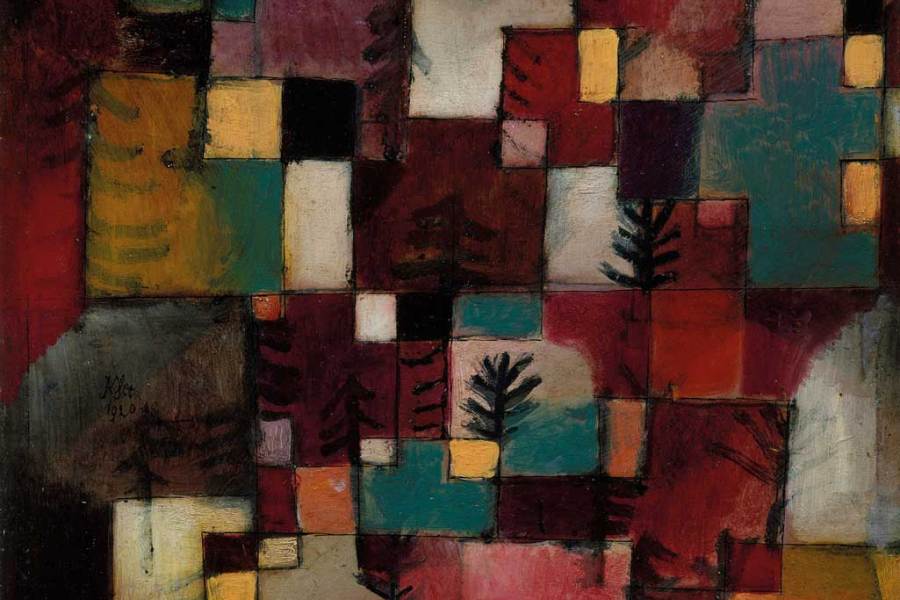
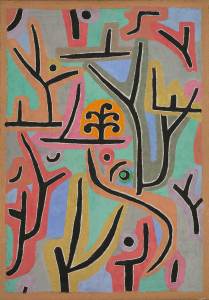
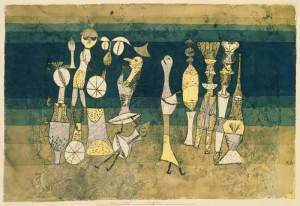
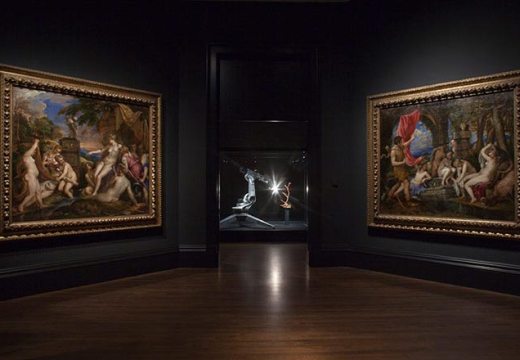
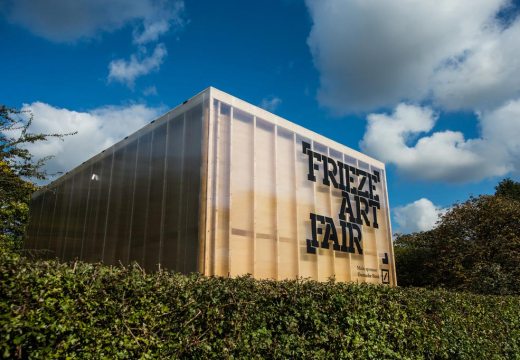
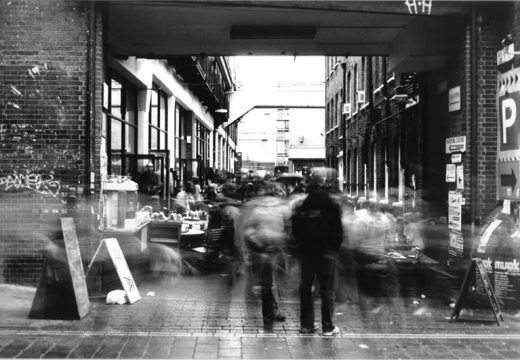









![Masterpiece [Re]discovery 2022. Photo: Ben Fisher Photography, courtesy of Masterpiece London](http://www.apollo-magazine.com/wp-content/uploads/2022/07/MPL2022_4263.jpg)
It’s time for the government of London to return to its rightful home